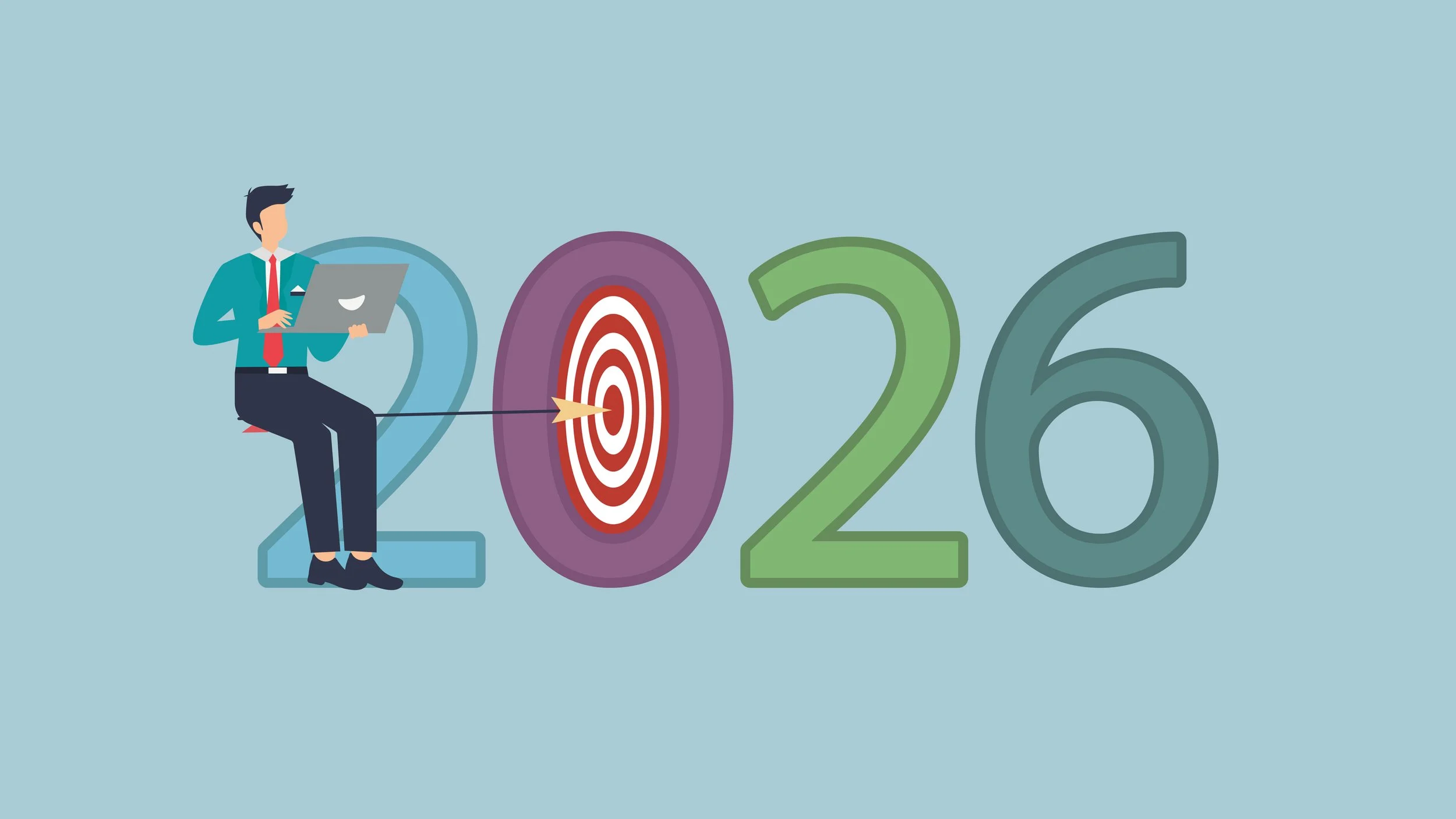I’ve been spending a lot of time looking at the numbers and forecasts for the 2026 job market, and the message is clear. We are not heading into a 2020-style shock or a 2008-style collapse. We are heading into a slower, more selective market where strategy matters much more than luck. If you are planning a job search in 2026, you should think in terms of a longer game, sharper positioning, and smarter targeting.
Most of the major economic forecasters are pointing in the same direction. A recent survey of economists expects the U.S. unemployment rate to sit around the mid-4 percent range in 2026, with modest monthly job growth instead of the huge hiring waves we saw in 2021 and 2022. The Congressional Budget Office and Federal Reserve survey data tell a similar story: unemployment drifting up but remaining far below crisis levels, and growth that is positive but no longer turbocharged. In practical terms, that means jobs will exist, but the market will be less forgiving and more competitive.
We can already see this cooling in the real-time labor data. The government’s Job Openings and Labor Turnover Survey shows openings back down toward pre-pandemic norms and the ratio of openings to unemployed workers near one to one, the lowest since 2021. The quits rate, which is a good proxy for worker confidence, has slipped back to about two percent, and employers are no longer chasing candidates with big, last-minute counteroffers. Wage growth has slowed from its peak, although pay is still edging ahead of inflation on average, which is encouraging for anyone staying in their current role. When you combine all of that, you get a market that is stable but less generous. You can still move forward, but you have to work more deliberately.
On top of the basic supply and demand picture, there are several competing forces shaping what 2026 will feel like for job seekers. The first is the interest rate and inflation environment. After the spike in inflation that followed the pandemic, central banks raised rates much higher than we had seen in the previous decade. Many forecasts expect rates to come down from those peaks but remain higher than the ultra-low era that many workers got used to, partly because government debt and tariff-driven price pressures limit how far policymakers can cut. Higher borrowing costs tend to make companies more cautious with big expansions and hiring plans. It does not shut off hiring completely, but it pushes executives to ask harder questions about every role and every headcount request.
The second big force is artificial intelligence. You will see a lot of dramatic headlines about AI “taking all the jobs,” but the serious research paints a more complicated picture. Goldman Sachs, for example, estimates that AI could eventually add several percentage points to global output, but they also note that the technology could temporarily push unemployment up by about half a percentage point as workers shift roles and some tasks are automated. Studies that look closely at job content suggest that a large share of roles will have tasks reshaped or assisted by AI, while far fewer will disappear entirely. In other words, AI is a reallocation engine. It will reward people who can adapt, re-package their skills, and use new tools to produce better work. It will put pressure on workers whose roles are made up mostly of repetitive, rules-based tasks.
The third force is demographics and public demand. The U.S. population is aging, and that has very direct implications for where the jobs are. The Bureau of Labor Statistics projects that healthcare and social assistance will account for roughly one quarter of all job growth through the early 2030s, with especially strong gains in roles tied to elder care, chronic conditions, and care coordination. Even if the overall economy slows, people still age, still need care, and still use health services. That is why you see ongoing shortages and steady hiring in many clinical and support roles, even while other industries are cutting costs.
Other sectors also show consistent strength in the long-term projections. Professional, scientific, and technical services are expected to be among the fastest-growing areas, driven by demand for data scientists, software developers, information security analysts, and technical consultants who can translate complex tools into business outcomes. Advanced manufacturing, aerospace, and defense are projected to benefit from investment in automation, clean energy, and security, creating opportunities for engineers, technicians, project managers, and operations leaders who understand both technology and process. Government and education, while not flashy, also tend to provide steady hiring even when private employers pull back.
At the same time, some groups of workers will feel more pressure than others. Routine clerical and administrative roles, as well as “generic” white-collar jobs without clear specialization, are under a double squeeze: cost cutting on one side and AI-enabled automation on the other. Certain consumer-facing industries that rely on discretionary spending may also struggle if households remain squeezed by higher prices, student loans, or housing costs. Financial analysts who cover the stock market are already warning that a stretched consumer could weigh on sectors such as retail, travel, and some services. For job seekers in those spaces, resilience may look like repositioning toward companies with stronger balance sheets, essential products, or business models that do not depend on constant discretionary spending.
So what does all of this actually mean for you if you are planning a job search in 2026 or advising others who are.
First, you should expect searches to take longer. In a cooler market, you are less likely to send a few applications and be flooded with interviews. Hiring teams can be choosier, and internal approval processes often take more time when companies are watching budgets. My advice is to build a timeline that assumes a search could run six months or more, especially for mid-career and senior roles. That does not mean you cannot land something faster, but planning around a realistic horizon helps reduce anxiety and keeps you from making desperate moves.
Second, the sector and role you aim at will matter more than ever. If you are in or near healthcare, advanced manufacturing, public sector, or data and security focused roles, the wind is at your back. The structural demand in those fields means hiring continues even when the broader market slows. If you are in a role that is more exposed to automation or consumer weakness, then part of your strategy should be moving toward higher-value parts of your function. That might mean shifting from general administrative support into project coordination tied to a specific line of business, or from a broad marketing role into lifecycle, retention, or analytics where the link to revenue is clearer.
Third, AI fluency is likely to be a baseline expectation, not a differentiator. By 2026, many employers will assume that knowledge workers are at least comfortable using AI tools in the same way they expect competence with email or spreadsheets today. The edge comes from being able to point to specific examples where you used these tools to save time, improve quality, or uncover insights. Rather than saying “used AI,” show that you cut reporting time in half, improved response quality, or helped your team handle a higher workload without hiring. Those are outcomes that hiring managers can understand and value.
Fourth, transferable skills will show up as a real asset if you know how to present them. The structure of work is changing in a way that favors people who can recombine their experience across functions and sectors. Communication, data literacy, stakeholder management, process thinking, and learning agility are the kinds of capabilities that move well from one environment to another. But they only help you when they are grounded in concrete examples. If you want to make a pivot in 2026, your resume and LinkedIn profile should connect your existing wins directly to the problems and language of your new target field, not just list soft skills at the top.
Fifth, inequality inside the job market is likely to widen before it narrows. Data already shows that younger workers and new entrants tend to experience larger jumps in unemployment when hiring slows, because companies pull back on entry-level roles first. Long-term unemployment also tends to rise when technology and macro shifts force people to change sectors without clear support. As a job seeker, you cannot control those macro forces, but you can control how proactive you are about staying current, building networks, and seeking guidance before you reach a crisis point.
If you are reading this as someone planning a 2026 search, here is how I would summarize the outlook and the strategy.
The outlook is a cooler, more cautious job market with meaningful but uneven opportunities. We are not looking at a freeze, but we are past the phase where anyone with a halfway decent resume could jump ship for a 20 percent raise. Some roles will be harder to break into. Some industries will be choosier. Technology, demographics, and policy will keep reshaping where the demand is.
The strategy is to be intentional and evidence-driven. Focus on sectors with structural tailwinds. Get clear on your value story, with real numbers and specific outcomes. Build comfort with AI tools in your area and learn how to talk about that experience without hype. Treat your resume and LinkedIn profile as strategic assets, not afterthoughts. Invest in relationships long before you need to ask for a referral.
Most important, do not misread a slower market as a sign that you are failing. When the whole system becomes more selective, even strong candidates see more silence, more rejections, and longer gaps between interviews. The key difference between people who eventually land well and people who get stuck is not talent alone. It is the ability to stay engaged, keep refining the plan, and keep moving where the actual demand is.
That is the mindset I would bring into 2026. Not fear, not denial, but clear-eyed realism and a willingness to steer your career toward the parts of the economy that are still hiring, still growing, and still ready to pay for real impact.


















